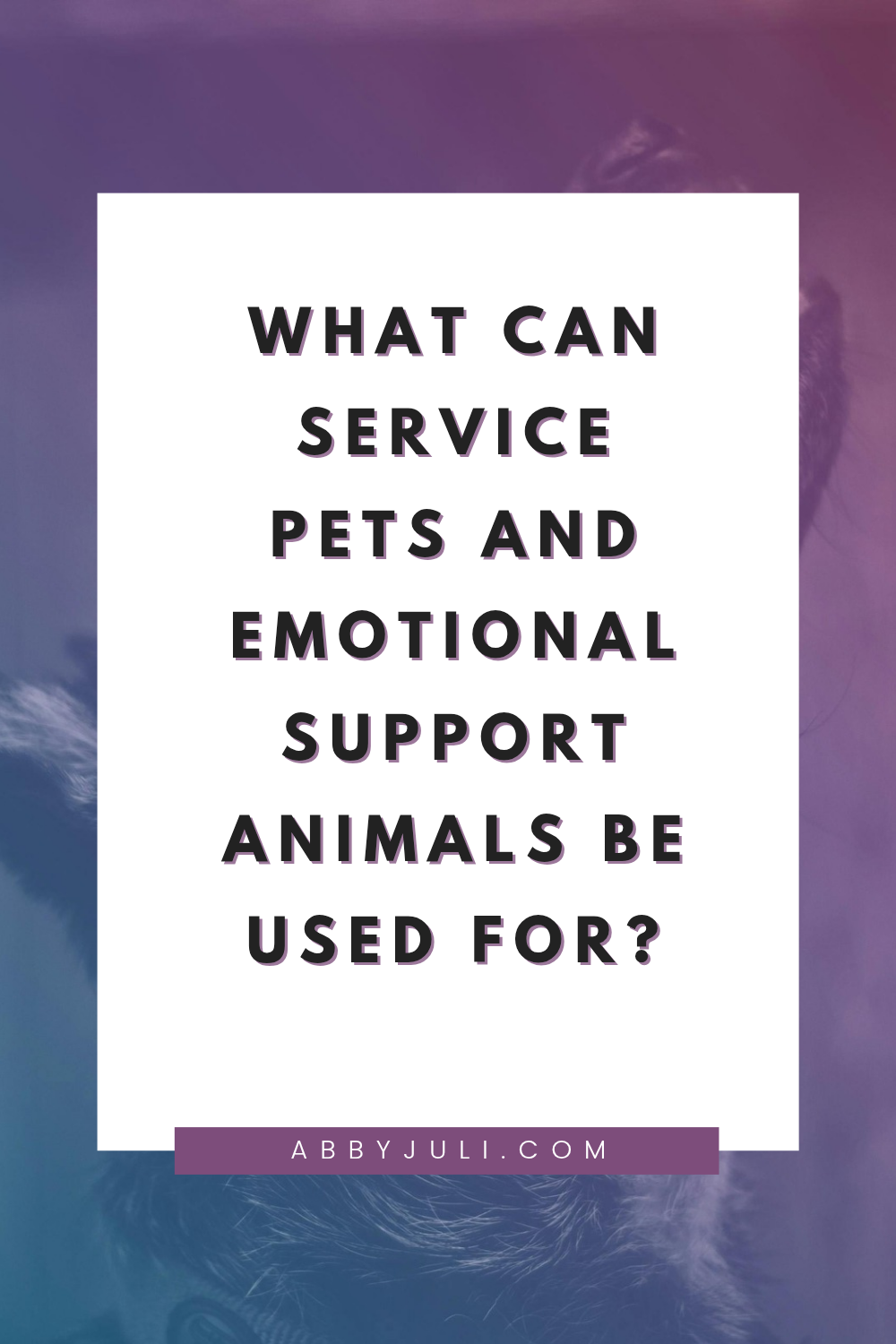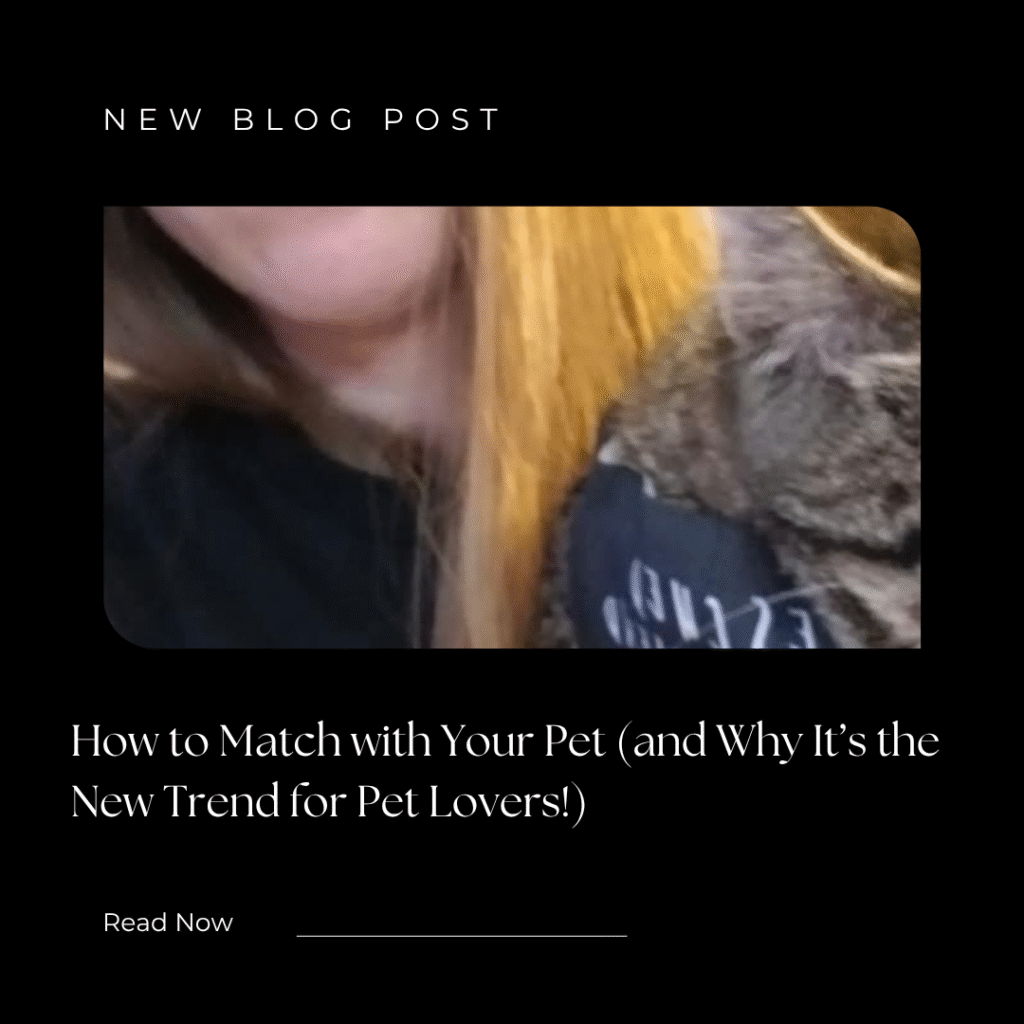
Supporting Invisible Disabilities Like Autism and Anxiety
Not all heroes wear capes—some have wagging tails, soft fur, and a heart that somehow always knows when you need comfort most.
When people hear the words service animal, they often picture a guide dog helping someone who’s visually impaired. But in reality, service animals and emotional support animals (ESAs) help people with so many different disabilities—including invisible ones like autism, anxiety, PTSD, and depression.
These incredible animals remind us every day that love, comfort, and healing don’t always have to be seen to be real.
💡 The Difference Between Service Animals and ESAs
Service Animals
Service animals (most often dogs) are specially trained to perform specific tasks that directly support a person’s disability. They’re protected under the Americans with Disabilities Act (ADA), which means they can go almost anywhere their handler goes.
They’re not pets—they’re working partners.
Some examples of what they can do:
Alert their handler to an oncoming panic attack or seizure.
Provide deep pressure therapy during sensory overload or anxiety.
Remind their owner to take medication.
Create physical space in crowded areas for someone who’s overwhelmed.
Emotional Support Animals (ESAs)
ESAs, on the other hand, provide comfort through companionship and emotional grounding. They don’t need special training, but their presence alone can make a huge impact.
They’re covered under Fair Housing laws, which means they can live with you even in housing that doesn’t normally allow pets—but they don’t have the same public access rights as service animals.
Common conditions that benefit from ESAs include:
Anxiety and panic disorders
Depression
PTSD
Loneliness and emotional trauma
💙 How They Help With Invisible Disabilities
Invisible disabilities are often misunderstood, but service animals and ESAs bridge that gap between what can’t be seen and what can be felt.
Autism Spectrum Disorder (ASD)
Service dogs for autism can:
Interrupt repetitive or self-harming behaviors.
Help with transitions or sensory overload.
Stay by their handler’s side to provide stability in new environments.
Offer deep pressure comfort during meltdowns.
Anxiety and Panic Disorders
Dogs (and even cats!) can sense when anxiety is rising. They might:
Gently nudge or paw to interrupt spiraling thoughts.
Provide grounding touch during panic attacks.
Lean against you or sit on your lap for pressure comfort.
Help build routines that create emotional balance.
Depression and PTSD
For those living with trauma or depression, animals can:
Provide motivation to get up, walk, and care for another being.
Offer steady emotional support through presence alone.
Help lower stress and blood pressure through touch and affection.
🐕 My Personal Take
I’ve always believed pets have this almost magical way of understanding us.
My Sheltie, Max, and my cats, Buggy and Bandit, are living proof of that.
Max has this uncanny ability to sense when I’m anxious—he’ll quietly nudge me until I stop overthinking and just breathe. Buggy and Bandit always know when I need a little grounding—they curl up beside me and remind me that calm moments can be found anywhere, even in the middle of chaos.
That’s why my brand, CozyPawsandTails, exists—to celebrate that beautiful, healing bond between people and pets. Many of my designs are inspired by this idea: that pets aren’t just animals, they’re family, therapy, and love wrapped in fur.
🌿 Final Thoughts
Service animals and ESAs play a huge role in helping people navigate life’s challenges—especially those that others can’t always see. Whether trained to perform a task or simply there to comfort, these animals remind us that healing comes in all forms.
If you’re living with an invisible disability, you deserve support—and sometimes, that support has four paws and the softest heart you’ll ever know.
✨ More than merch, it’s a movement.
Shop cozy, pet-inspired designs that celebrate emotional support, love, and comfort at CozyPawsandTails.



